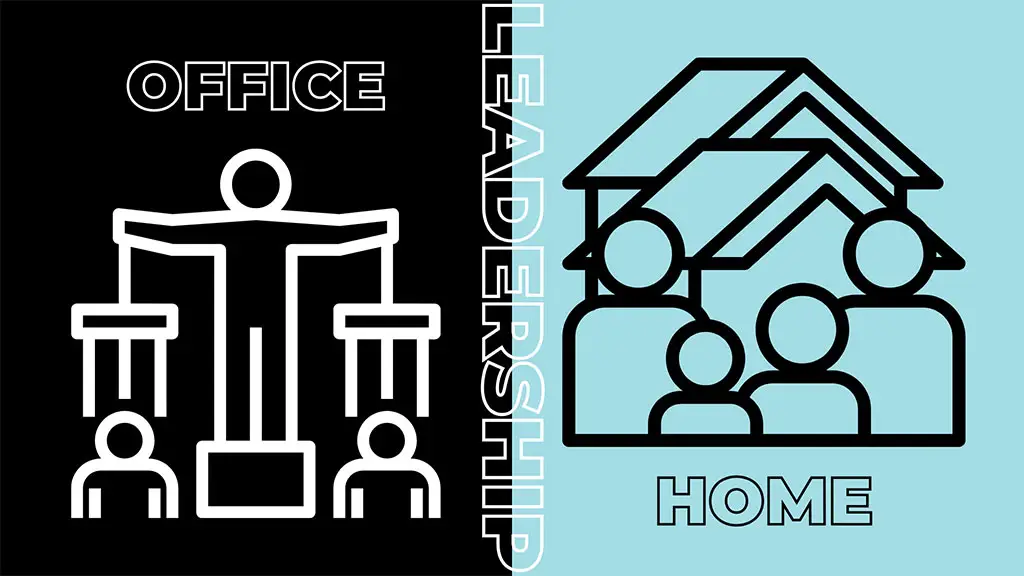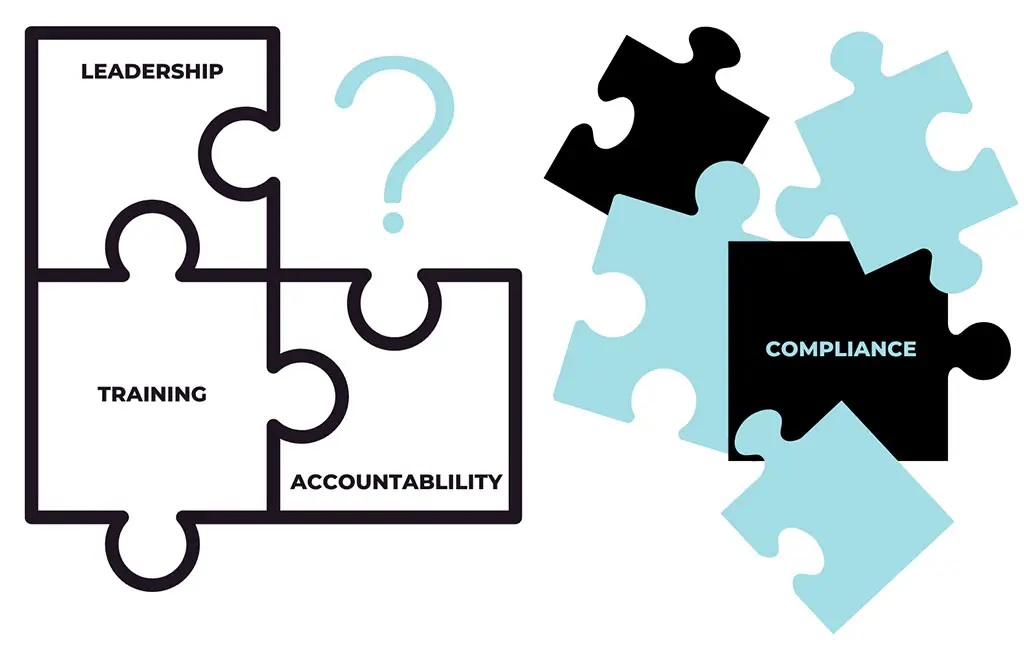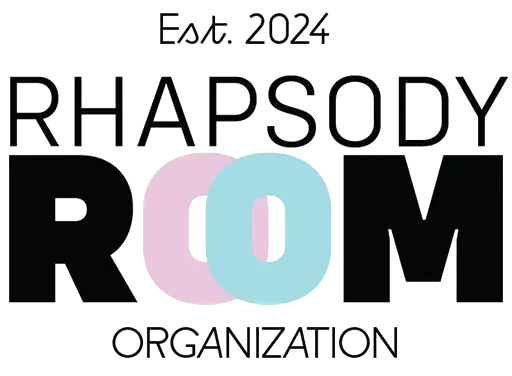
Why Leadership Buy-In Is Essential: From the Boardroom to the Living Room
Change, whether in the workplace or at home, is usually a daunting thing to implement. But getting these new systems in place is critical to improving efficiency, reducing stress, and achieving goals. Whether you’re tackling a team-wide software overhaul or trying to declutter a chaotic household, the success of any new system depends on one key ingredient: buy-in.
So why does buy-in matter so much? Well, let me enlighten you! Let’s explore how leadership, both professional and personal, sets the tone for change, why accountability matters, and how to ensure everyone is on the same page.

Leadership Sets the Tone
In the workplace, leadership’s attitude toward change trickles down to the entire team. If leaders aren’t fully committed to a new process or fail to use the tools they’ve asked others to adopt, why would anyone else bother? The same principle applies at home: if you’re trying to instill new habits, like daily cleaning routines, your family will hesitate to follow unless they see you leading by example.
In both environments, leaders are the models. Your actions can either encourage others to embrace change or signal that the new process isn’t worth the effort.
Processes Need Compliance to Succeed
Systems don’t work if no one uses them. In the workplace, ignoring SOPs and skipping important steps leads to inefficiency and confusion. Relying on old and outdated methods discourages growth and leaves your team feeling stagnant. At home, the same concept applies when family members resist new organizational systems which leads to clutter and unnecessary stress.
For example:
- At work: A team member ignores new project management software and reverts to email chains, causing lost information and missed deadlines.
- At home: A family member refuses to use labeled bins for laundry. The results could include anything from missed piles of washing, or even clothing being ruined due to not following proper care techniques.
Without compliance, there’s lost revenue. Whether it is in client relations or finances spent on clothing, there really is no difference.


Accountability Drives Results
Change is uncomfortable. People naturally resist it unless there are clear consequences for noncompliance. This doesn’t mean punishment; it means emphasizing why the process matters and holding people accountable for their roles.
At work, accountability might look like:
- Regular check-ins to ensure everyone is following the new process.
- Incentives for adopting the system, like recognition or rewards for seamless implementation.
At home, it could be:
- Assigning everyone specific responsibilities within the new system.
- Offering positive reinforcement when family members stick to the plan. This could be as simple as extra screen time for the kids.
Your team and your family are much more likely to invest their time and energy into following through if they get the recognition they deserve.
Training Is an Investment, Not a Cost
Taking the time to train your team or household on new systems and processes is critical to its success. In the workplace, this means providing, attending, and absorbing training for new tools or systems. But wait- there’s more. This also means ensuring leadership is well-versed in its use. At home, it might mean taking time to explain new rules or systems to family members and answering clarifying questions.
Consider these examples:
- Workplace: Leadership schedules training sessions on a new project management tool, providing hands-on guidance and offering follow-ups for ongoing support.
- Home: Parents spend an afternoon showing kids how to sort their toys into labeled bins, ensuring they understand why it’s important and how it benefits them.
Without training, systems fail before they even begin.
Collaboration Builds Trust
Processes thrive when everyone feels heard and valued. In the workplace, involving team members in the design of new systems creates buy-in from the start. At home, allowing family members to contribute to the organization process grants them ownership over the system.
For example:
- Workplace: Before rolling out a new workflow, leadership gathers feedback from employees about their pain points and incorporates their suggestions into the final process.
- Home: Parents involve kids in decluttering, letting them decide which toys to keep and where to store them.
When people have a say, they’re more likely to engage.

Bridging the Gap Between Work and Home
Whether you’re managing a team or a household, the principles of leadership, accountability, training, and collaboration remain the same. Processes only succeed when everyone involved is committed to them. Leadership sets the tone, compliance ensures functionality, accountability drives results, training builds confidence, and collaboration fosters trust.
So, whether you’re tackling a new digital system at work or reorganizing your kitchen pantry at home, remember: change starts at the top. And when everyone is on board, the possibilities are endless.
Ready to streamline your space or team? Let’s talk! Rhapsody Room Organization specializes in creating systems that work for you- at home and at the office.
